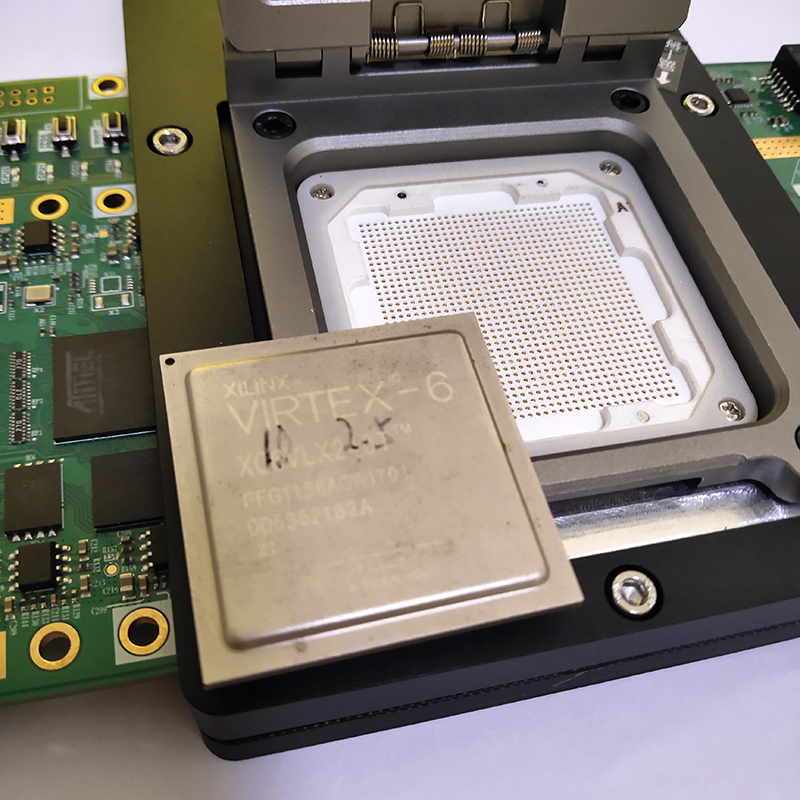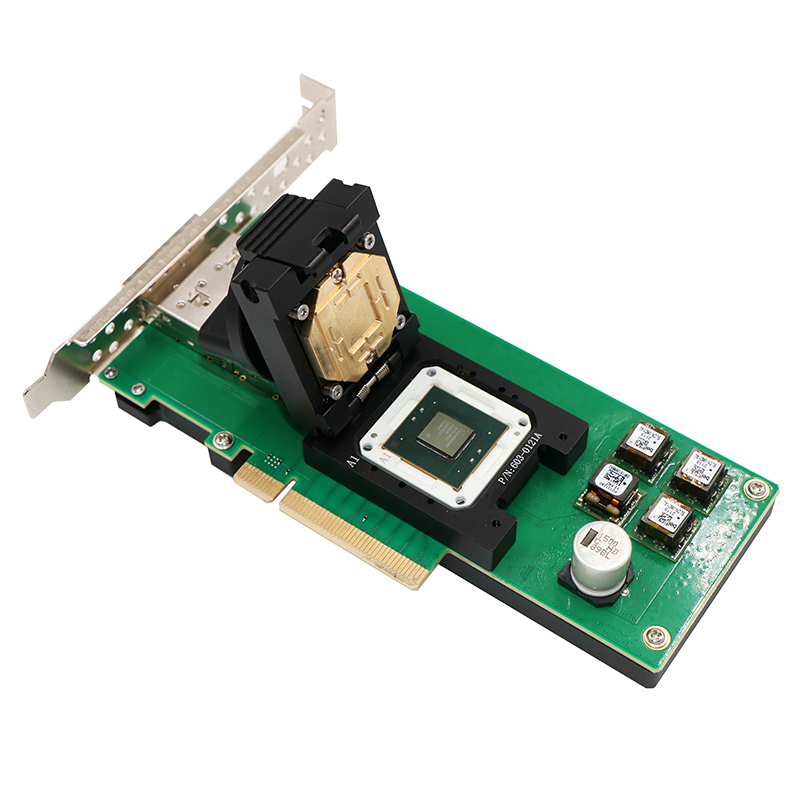GDDR7 (Graphics Double Data Rate 7) is a high-performance graphics double data rate memory designed to meet the demands of applications requiring large capacity and high-speed memory.

As an upgraded version of GDDR6, GDDR7 offers higher bandwidth and faster speeds, making it an ideal choice for high-performance graphics processors (GPUs), artificial intelligence accelerators, data center accelerators, and other fields. GDDR7 memory typically uses FBGA (Fine-pitch Ball Grid Array) packaging, which provides high density and good heat dissipation performance, contributing to improved memory performance and stability.
The packaging design of GDDR7 memory makes it suitable for high-density integrated circuits while meeting the requirements for high-speed data transfer. GDDR7 memory is widely used in gaming consoles, high-performance computers, deep learning training, and other fields. In gaming consoles, GDDR7 memory can deliver high-speed graphics data transfer, providing gamers with a smoother and more realistic gaming experience. In high-performance computers and data centers, GDDR7 memory can support large-scale data processing and complex computing tasks, offering powerful computing and storage capabilities for applications such as artificial intelligence and big data analytics.

The maximum speed of GDDR7 memory depends on the specific product specifications but typically reaches speeds in the gigahertz range, meeting the demands for high-speed data transfer. The initial speed of GDDR7 is 32 GT/s (Giga Transfers per second), which is 60% faster than the fastest GDDR6 memory and 33% faster than the fastest GDDR6X memory.
This significant increase in data transfer speed positions GDDR7 as a powerful support for high-performance applications such as graphics processors (GPUs), artificial intelligence accelerators, and data center accelerators. Matching the testing sockets and aging performance of GDDR7 chips requires design and testing based on specific product specifications and application scenarios.

Testing sockets need to support the high speed and large capacity of GDDR7 to ensure accurate and reliable testing of the memory. Aging performance testing needs to consider the stability and reliability of GDDR7 memory during long-term operation and high loads to ensure its continuous stable operation in practical applications. Therefore, performance testing is typically conducted on graphics card test fixtures, with fixture performance meeting the requirements of GDDR7, especially the 32 GT/s maximum speed.

ANDK test sockets can effectively accommodate these testing requirements. Additionally, for aging testing, they should meet mainstream HAST and HTOL testing standards, with support for temperatures up to 150°C and a maximum testing lifespan of up to 8000 hours.
发表回复